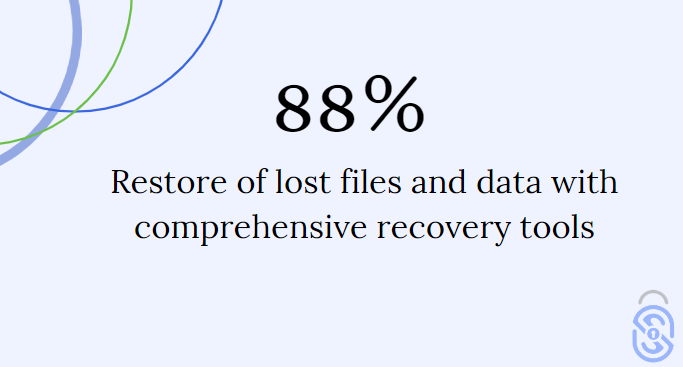Losing important work documents can leave you feeling panicked and helpless.
At Seers, we understand the importance of effectively securing and managing your critical documents. That’s why we offer comprehensive data protection solutions to help you prevent data loss and confidently manage your documents.
Ensure Data Safety with Seers
Take advantage of Seers’ solutions to safeguard your important files with these key features:

- Comprehensive Protection
- Data Backup Solutions
- Real-Time Monitoring
- Easy Integration
- Expert 24/7 Support
Get Started with Seers
But don’t despair! It’s a situation many have faced, and with the right approach, you can navigate this dilemma effectively. There are practical steps you can take to recover what’s lost.
In this guide, we’ll walk you through some realistic strategies and processes that will help you handle this incredibly stressful scenario without completely losing your cool.
7 Steps to Take if You’ve Lost Work Documents
When you lose a work document, it’s important not to panic. After all, there are a few things you can do to get back. In the future, you should backup your documents to prevent this issue.

Step 1: Check Your Recycle Bin
Before setting out on a search or planning to recreate materials from scratch, have a look in your computer’s recycle bin. You may have deleted the files, and your golden ticket could be sitting right there, waiting for restoration, so long as it’s been in the bin for less than 30 days.
By right-clicking and selecting “Restore,” you can bring back these files to their original location. Quick and easy, this method could potentially save you hours of remaking work documents.
Step 2: Search the Documents in the Control Panel
If you’ve misplaced documents on your computer, don’t forget the good old control panel in Windows. The control panel is a powerful tool, complete with a search bar to make your task simpler. All you need to do is type in the name of your document or a related keyword.
As part of your investigation, remember to check not only in ‘Documents’ and ‘Desktop’ but also deep within other folders. You may find that elusive file turns up somewhere unexpected.
Step 3: See if the Documents Can be Re-Created
In instances when those important work documents end up lost, you might be able to recreate them. Reflect on the documents’ content. Could you possibly recompile the information? Go through your computer or past emails for relevant data that you can use in the recreation.
You can utilize tools like FormPros’ pay stubs generator if it’s about payroll records. Though it may take some time, recreating lost documents could resolve your predicament.
Step 4: Use a Data Recovery Software
On certain occasions, you might find that lost documents have been accidentally deleted or misplaced in complex folders. This is where data recovery software becomes an essential tool. With this software, you can even recover documents from damaged hard drives.
Check out options that are both free and paid and select one that best suits your needs. The sooner you act after losing a file, the better chance you’ll have of retrieving it fully intact.
Step 5: Hire a Data Recovery Service
While digital tools and personal efforts are often effective in recovering lost work documents, sometimes the situation can be too complex. Perhaps you’re dealing with hardware failure or extensive data loss. In such cases, consider hiring a professional data recovery service.
These experts have specialized tools and knowledge to tackle a wide range of data loss scenarios. Yes, it might cost a bit, but it’s definitely worth the upfront investment.
Step 6: Backup all Documents
Going through the hassle of losing important work documents is stressful enough. To make sure you don’t have to experience this ordeal again, backup all your documents. This could be done by storing them on an external hard drive, in cloud storage, or both for added security.
Regularly saving the latest versions of your files protects you from unexpected data loss due to tech failures or human errors. Try to make data backup part of your work routine.
Step 7: Use a Project Management Software (To Store Documents)
A valuable tool to use in maintaining your work documents and avoiding misplacement is project management software. These platforms not only facilitate the smooth running of all projects but they also provide safe storage for important documents, especially for remote workers.
They can organize files based on the project or deadlines, making them easier to locate when needed. Plus, it allows shared access across a team without the risk of losing hard copies.
In Conclusion…
Losing essential work documents isn’t the end of the world, even though it might initially feel like it. With Seers’ data protection solutions, you can safeguard your important files and avoid the stress of data loss. With patience and a systematic approach, you can usually retrieve them.
And remember: prevention is always better than cure. Serving as both a guiding light and preventive measure, we hope this article offers practical solutions to stay ahead of these situations in the future.
